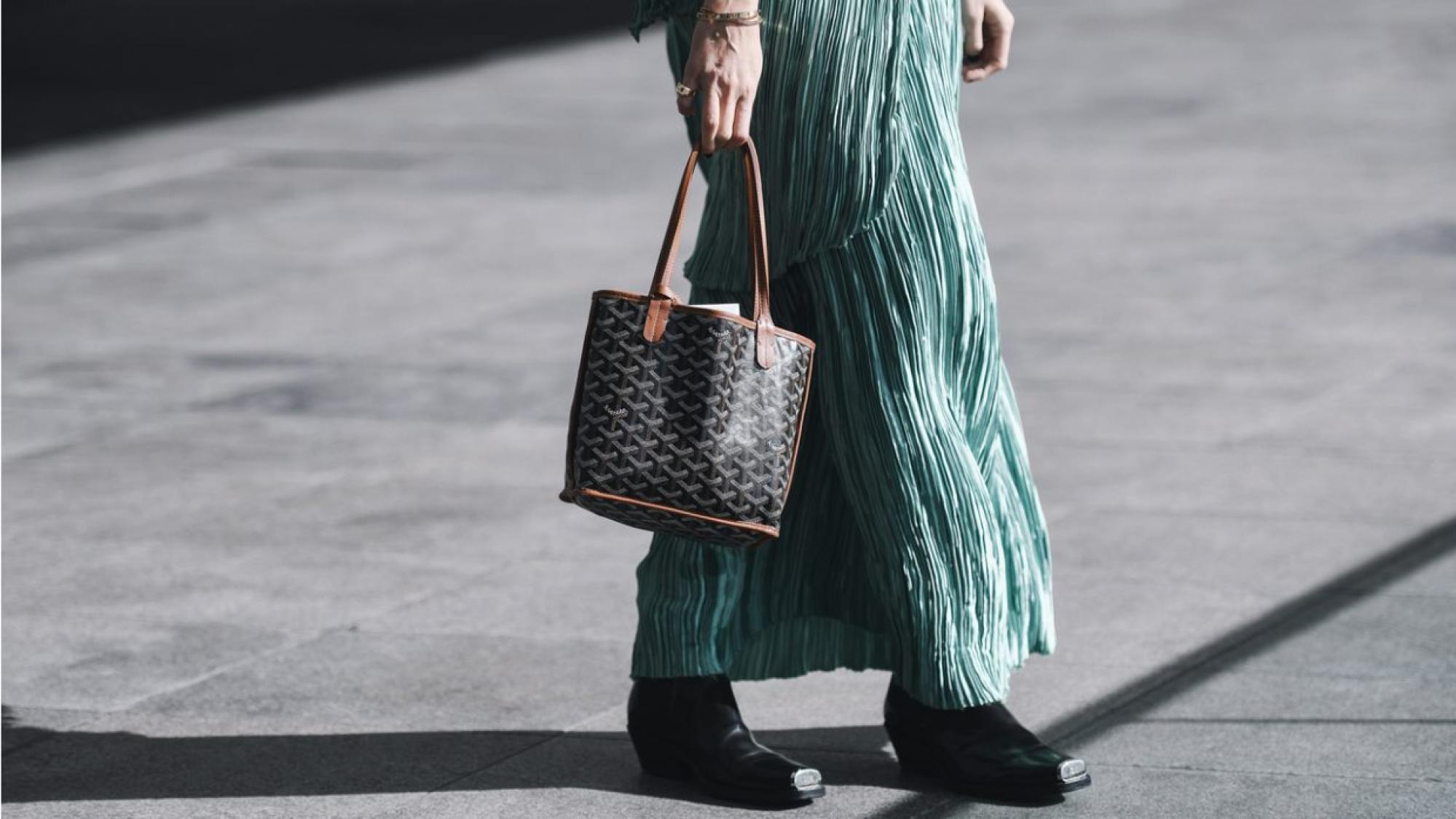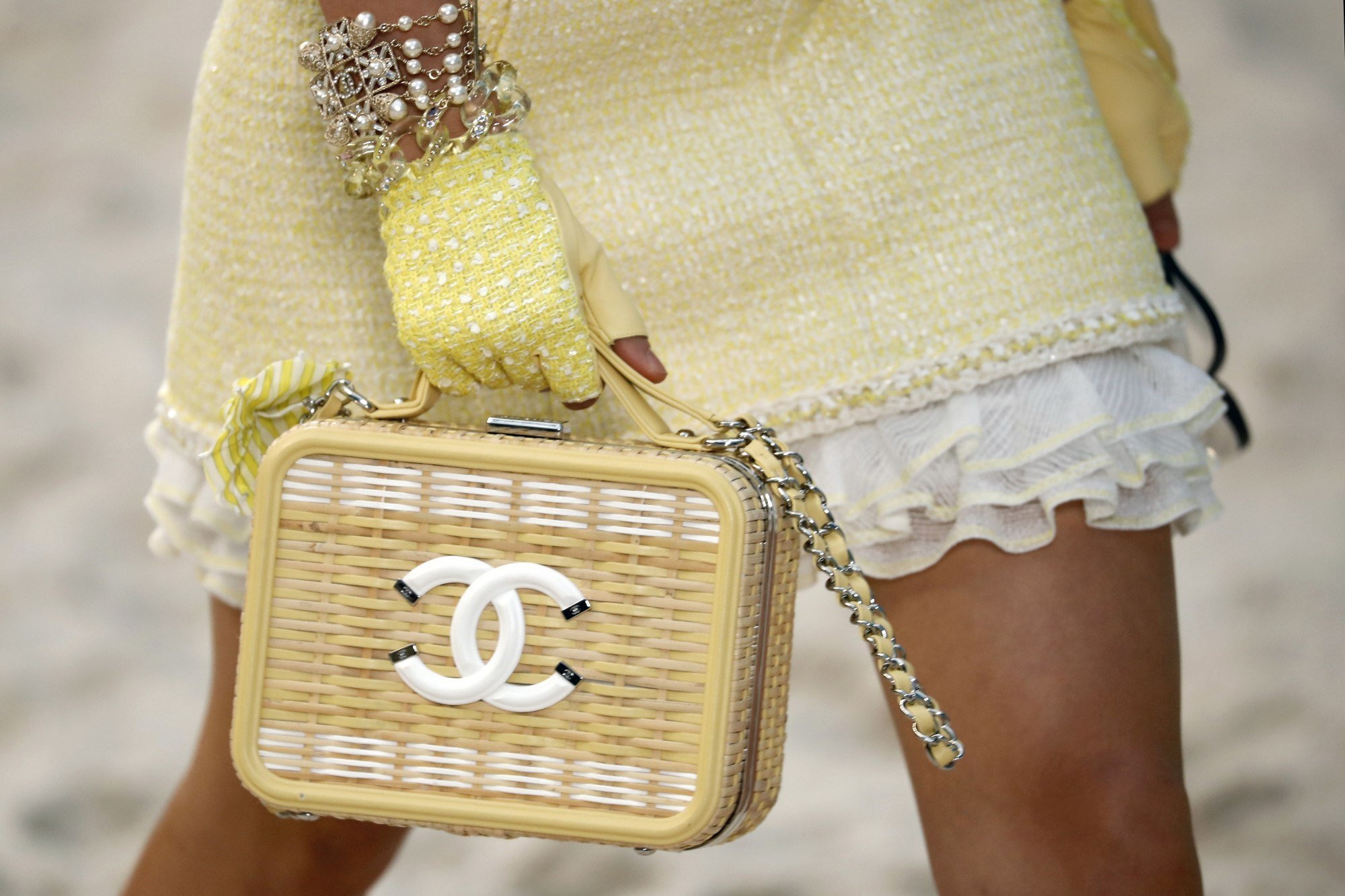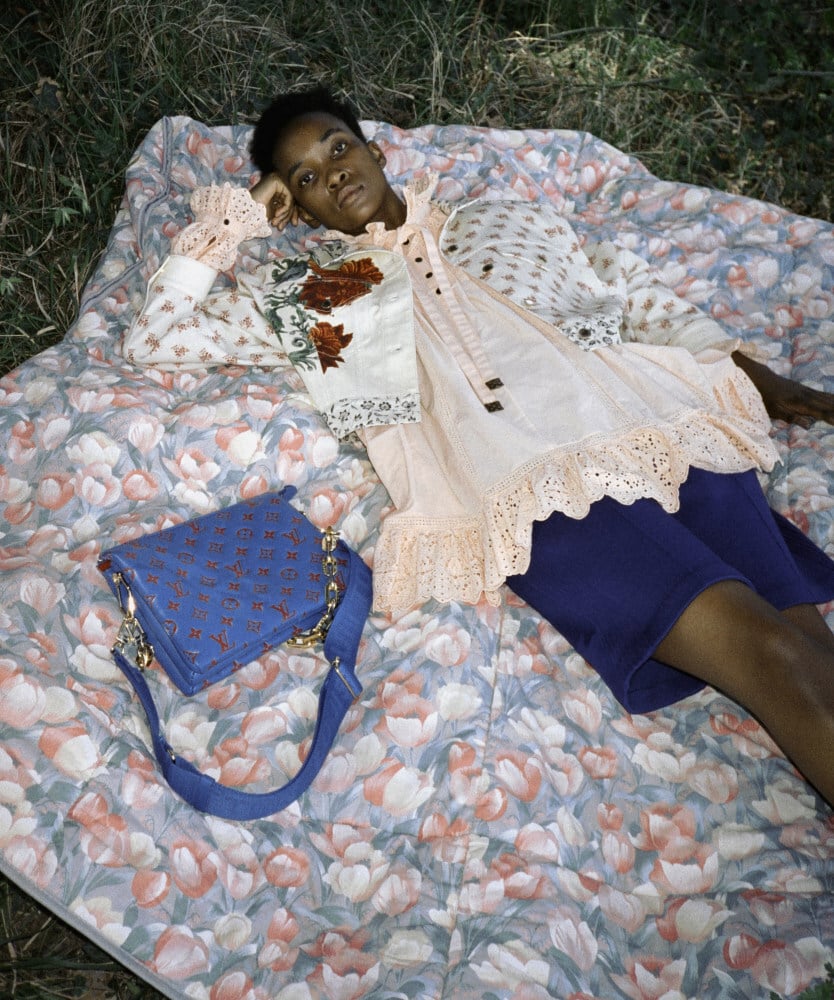Opinion / Gucci and Louis Vuitton reach Gen Z through influencers and K-pop idols: young consumers aren’t the end of luxury ... if brands disrupt, experiment and create exciting content

This article is part of Style’s Inside Luxury Column
There is no consumer group that creates so many misconceptions as Gen Z, those customers that are currently under 25 years old.
A common idea is that members of Generation Z have no brand loyalty. Some experts apparently think they are difficult to address because they just shop around and look for deals; brands don’t matter to them. In a recent discussion among experts, one commentator even stated that, according to her findings, the new generation will not buy luxury anymore, full stop.

To tackle these questions, let’s take a closer look at some of the traits of Gen Zers. They are the first generation to grow up with social media from when they were able to read and write. While previous generations had access to computers from a young age, Gen Zers grew up with mobile touch screen devices and high-speed internet; they were always connected. Currently, they spend seven or eight hours a day online according to research by the US Centers for Disease Control and Prevention. This makes them the first generation to spend more of their free time in front of screens than in non-digital interactions.
This has a profound effect on how they approach the world. It shapes their brand experiences too. They process information much faster, which leads to a faster reaction time to interesting or boring content. In short, they have shorter attention spans. Where previous generations are more patient with content that is not immediately intriguing, Gen Zers have zero hesitation to quickly move on. While for previous generations, real-time content was somewhat limited, Gen Zers have a wide choice – and they choose wisely. If something is interesting, they consume it. If not, they move on.
To assume that this means brands don’t matter to Gen Zers is completely wrong. Rather, brands matter – if their content is interesting. And what also matters is that the time Gen Zers spend away from their digital devices should really count. They expect superior experiences. This means for brands in general that the stakes are much higher. And for luxury brands, the stakes rise exponentially.

The key to luxury is the creation of desire. A precondition for desire in luxury is that a brand creates something of extreme value for their target audience. What brands offer to their customers has to be so valuable and intriguing that consumers really want it.
Previous generations would simply wait for brands to come up with something that inspired them, and they would be more forgiving when brands were boring. This was in part for lack of better alternatives, as practically all luxury segments had dramatically fewer competitors and market entry barriers were much higher.

Fast forward to 2021 and an era of acceleration. There have never been so many new brands as now, often launched by Gen Zers, used by the influencers and key opinion leaders Gen Zers love, and reflecting today’s generations’ expectations around excitement, that fit with their digital lifestyle as well as their values of sustainability, diversity and inclusion.
In this environment, established brands need to refocus on extreme value creation. They must become relevant storytellers that intrigue their audiences, become part of their lives, and entertain them with magical experiences. To attract Generation Z, it becomes even more critical to anticipate their needs and wants, to build brand equity in such a way that brands become “must haves”, and to inspire a discerning, highly connected audience that has a choice.

Brands that fail to attract Gen Z will not be here by 2030. It’s that simple. In China, the world’s most important luxury market by far, Gen Zers already make up more than 25 per cent of some brands’ customers. While the number in Europe and North America is significantly lower due to an older population on average, by 2030 even in these “mature” regions, Gen Z will be the largest customer group for luxury.
It is safe to assume that by 2030, Gen Zers will not suddenly become more patient with brands or from one moment to another rediscover brands that they found boring years ago. Hence, for luxury brands the time to act is now. Attracting Gen Z is not a matter of cheaper offers or more promotion. In fact, lowering prices is the fastest way to destroy brands. Gen Zers want the best; they desire brands that provide them with experiences other brands can’t provide. And to those brands they will be loyal – as long as these brands continue to excite them.

So Generation Z does not mean the end of luxury or the end of brands. Rather the opposite. No generation before was as discerning and as brand-conscious as Gen Z. But Gen Z will lead to the end of brands that pretend to be luxury without truly providing exceptional value. If your brand positioning is similar to that of others and your brand does not provide a clear competitive advantage in the eyes of Gen Zers, the chances of surviving to 2030 are practically non-existent.

The best brands understand that local tastes are as important as global trends too, giving their creative teams in regions like China and the US more freedom. The best brands are willing to take risks, entertain their audiences, experiment with emerging social media platforms and online games. They do this because they know that Gen Z is the key to their success, both today and in 2030. For other brands that apply a wait-and-see approach and focus less on inspiring young audiences, their days are numbered.

- How can the likes of Hermès and Chanel catch the eye of the most digitally savvy generation yet, who have grown up with social media and touch screen devices?
- In China, more than 25 per cent of customers are Gen Zers for certain brands, and by 2030 they will be the largest customer group for luxury in most markets